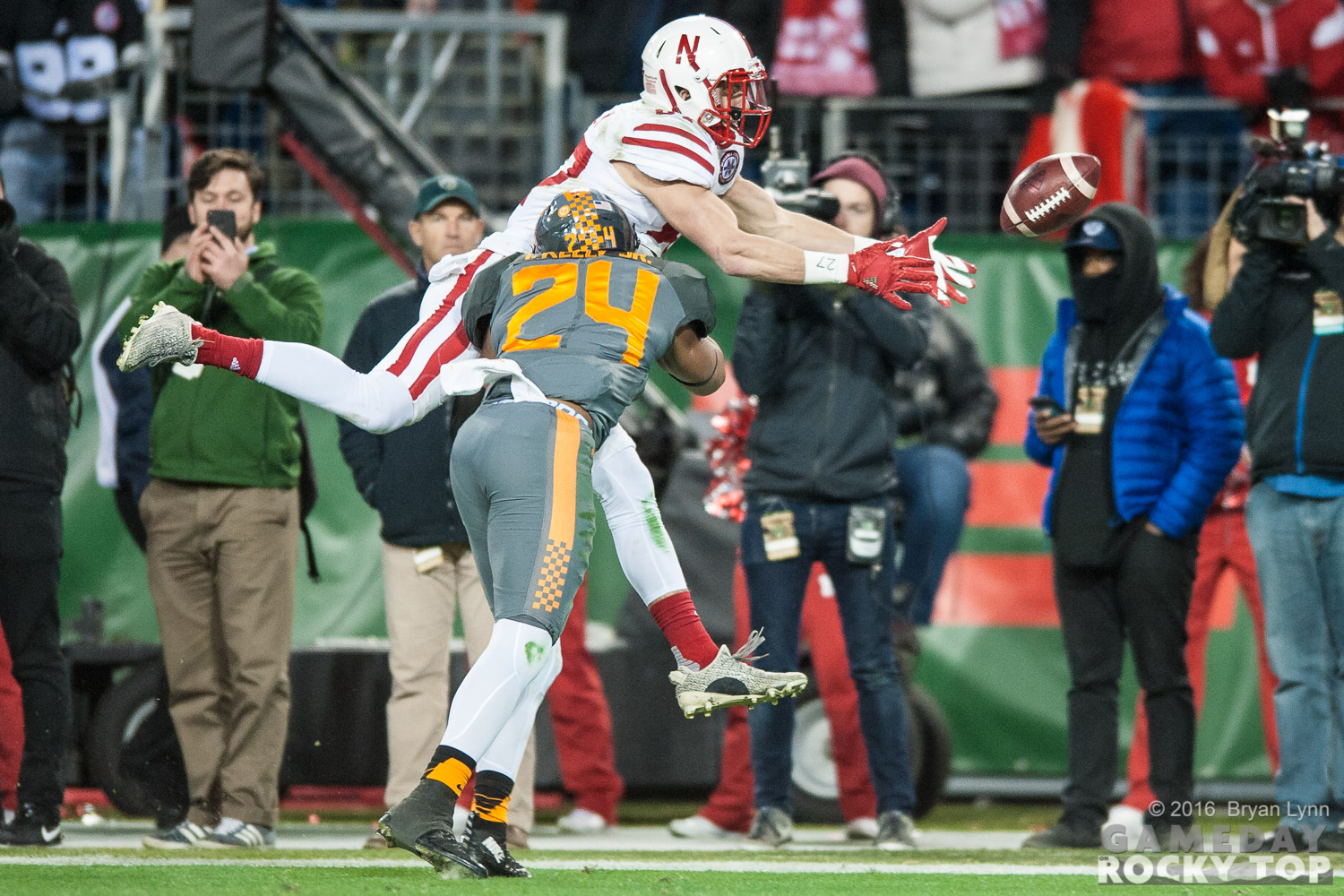Three weeks ago we had some fun with post-pandemic fantasy booking, creating a 32-team college football super division. It was a fun exercise to pass the late-July time, but only fun because Tennessee would easily make any cut of 32: if you want to know who’s most likely to be left standing on the other side of all this, follow the money.
It’s no surprise then, in the present, which schools from the Big Ten are arguing loudest for fall football in any form or fashion.
Who are the bigger programs? That’s a pretty easy answer in each of the power five conferences. What might be noteworthy, from the data in our fantasy booking story, is how much bigger those programs are than their league brethren.
Using the Wall Street Journal’s list of college football’s most valuable programs from 2018, we noted distinctions in a couple of tiers:
Thirteen programs are valued at $500+ million:
- Half the SEC (Six traditional powers plus Texas A&M)
- Big Ten: Ohio State, Michigan, Penn State
- Big 12: Texas & Oklahoma
- Notre Dame
- ACC: zero
- Pac-12: zero
Thirty-two programs are valued at $250+ million:
- SEC: 11 of 14
- Big Ten: 8 of 14
- Big 12: 4 of 10
- Notre Dame
- ACC: 3 of 14
- Pac-12: 5 of 12
Sometimes the dividing line between the haves and the have-nots is easy to spot. In the SEC, Mississippi State ($223 mil.) just misses making it 12 of 14 to clear $250 million in value. From there, it’s a steep drop to Missouri ($122) and Vanderbilt ($81). A “no” from Nashville isn’t going to be worth much.
In the ACC, there’s clear separation between the top three (Clemson, Florida State, and Virginia Tech all between $275-300 million) and the rest of the league (Georgia Tech is next at $215; no one else is above $200). But those top three are starting so much farther back than the biggest fish in the SEC, Big Ten, and Big 12 ponds, it’s uncertain how much weight they carry among the other 11 ACC institutions in a basketball conference, even when two have rings from the last decade. Washington has a healthy lead on the rest of the Pac-12 ($440 million; Oregon is second at $348), but there’s no clear separation between an upper and lower class there either, and no financial superpowers.
Who wants to play in the Big Ten? Take a guess:

It seems contractually unlikely anyone could break ranks and play out-of-conference this fall. But if you’re looking at who might be itching for something different – especially if other power conferences do play this fall – it’s the top half of that chart. They can share revenue all they want, but the longer this goes the more it becomes about survival for college athletics. And the top half of that chart is far more likely to find a way.
So now, if so much hangs on what the Big 12 wants to do?

How much of that conversation is really about what Texas and Oklahoma want to do? Especially considering half of the remaining conference also resides in one of those two states with the same politicians?
I don’t know if playing this fall is the best idea or not. But if you’re looking for teams who are most likely to come alongside it, keep following the money.

You must be logged in to post a comment.